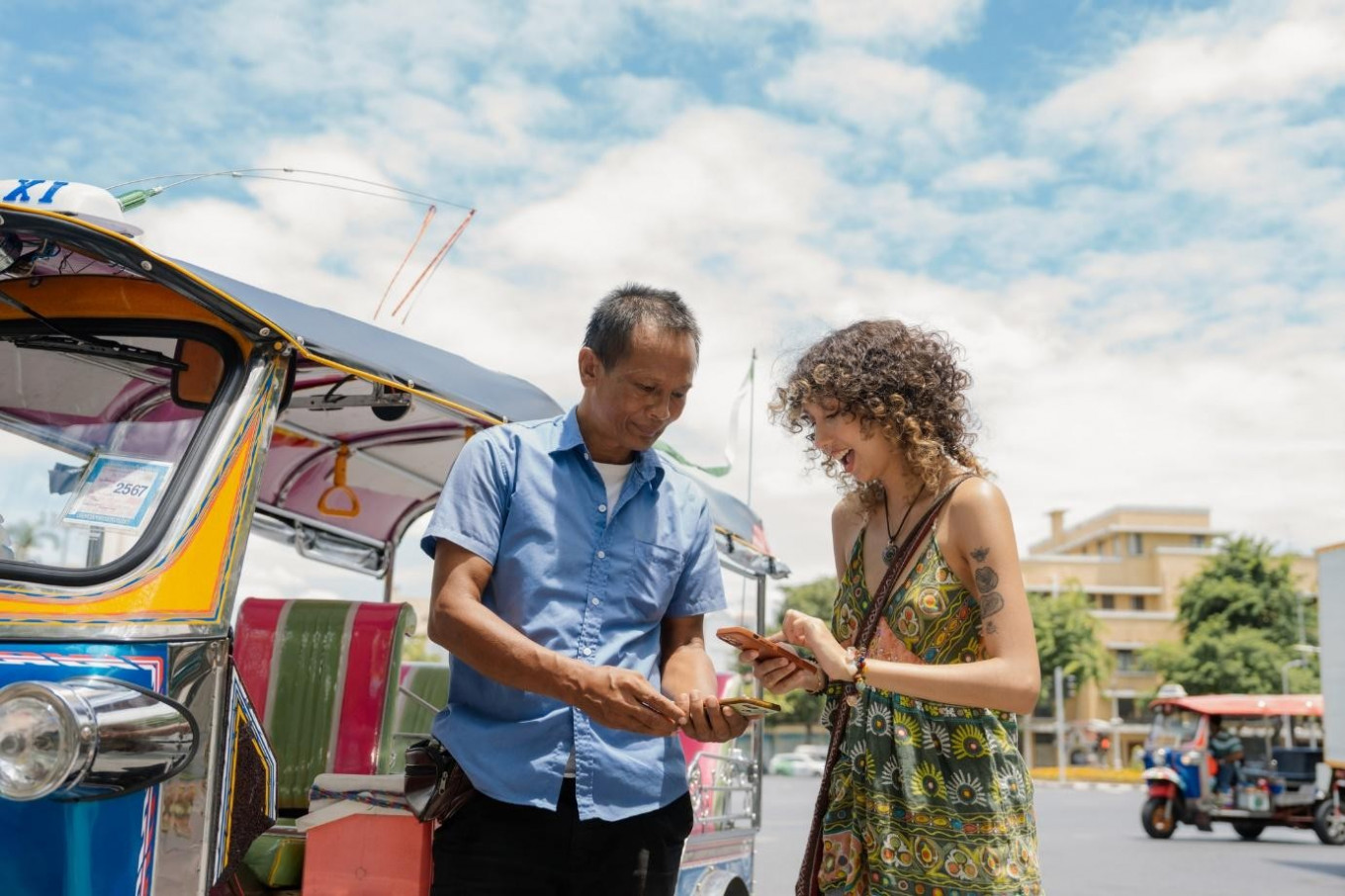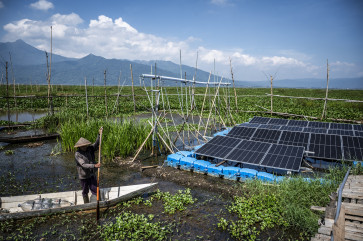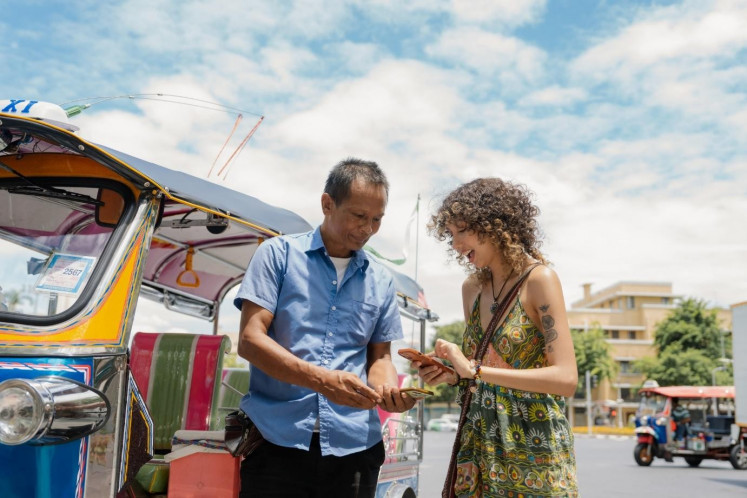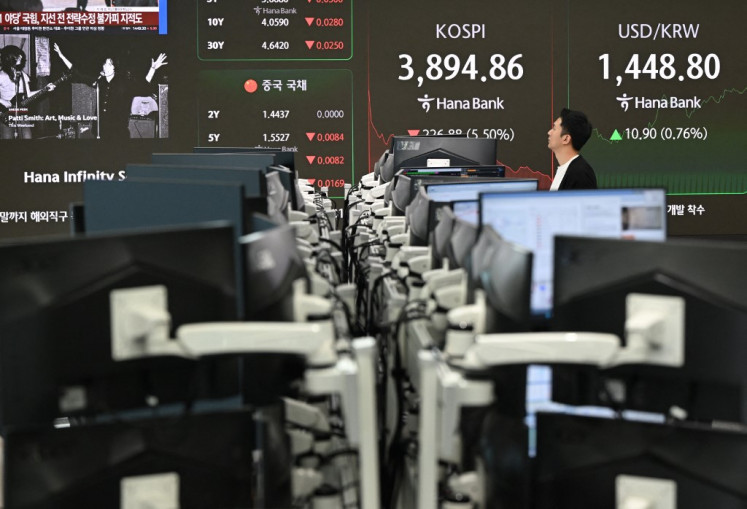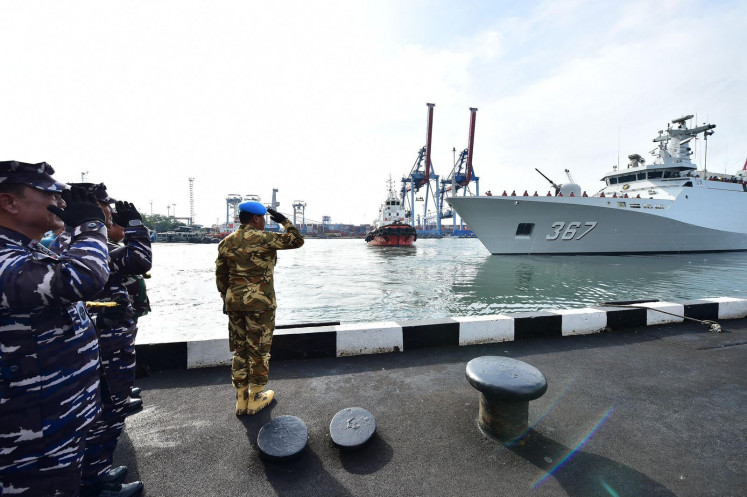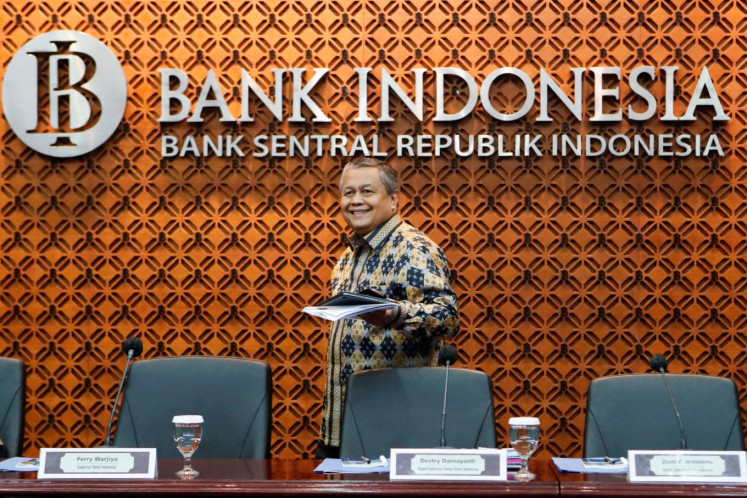Popular Reads
Top Results
Can't find what you're looking for?
View all search resultsPopular Reads
Top Results
Can't find what you're looking for?
View all search resultsSmall spends, big impact: Why every tourism dollar matters
Change text size
Gift Premium Articles
to Anyone
F
requent travelers might be familiar with this scenario: skipping a cute souvenir stand or a cozy coffee shop not because they didn’t want to spend money, but because the stores were strictly cash-only and they were short on local currency.
Perhaps it was a one-time thing for the traveler, or maybe a few times over the years. But when that experience is multiplied by the hundreds of millions of tourists traveling across Asia-Pacific every year, suddenly a personal inconvenience becomes a missed opportunity on a macroeconomic magnitude.
Tourism has long been a central pillar of growth for countries in the Asia-Pacific, where with a recent report from the Mastercard Economics Institute noted revealing that eight of the world's top 15 trending travel destinations for summer 2025 are located in the region.
Given the headwinds on the trade front, it is imperative for Asia’s economies to extract the maximum value from inbound travel, which starts with removing friction from the way tourists spend.
In today’s environment, no business can afford to leave money on the table, and empowering merchants with simple, cost-effective and interoperable payment acceptance solutions can turn everyday transactions into meaningful economic impact.
Lower costs, higher receipts
Much too often, tourist spending is lost in the “last mile”, where a traveler is ready to pay but the merchant can't accept their card or digital wallet.
Once upon a time, accepting digital payments required merchants to invest in not-insignificant technical infrastructure, but this is no longer the case. Today, even basic smartphones can process payments via NFC, QR codes or payment links, which means that virtually anyone with 4G or Wi-Fi can convert customer interest into income.
However, expanding payment acceptance with cost-effective options isn’t just about increasing transaction volume, but also making sure that the benefits of tourism are shared more fairly across the economy.
“When smaller, often family-run businesses can accept digital payments just as easily as large hotel chains or retailers, tourism revenue spreads beyond more established operators, reaching local communities more equitably,” says Sandeep Malhotra, Mastercard’s Asia-Pacific executive vice-president of core payments.
Just as importantly, digital payments generate data and insights about where tourist dollars are spent. That visibility can inform public policy around tourism infrastructure, directly support small businesses and shape broader economic planning.
At the same time, readiness to accept digital payments also depends on broader infrastructure, such as network coverage, access to smart devices and digital literacy, which vary across regions and must be addressed in tandem.
More access, more impact
Payment interoperability, in which different payment systems work together seamlessly is evolving in its implementation. At its heart, the ability to use a payment card globally is a kind of interoperability; global card networks made this relatively seamless decades ago.
But digitization of payment methods hasn’t happened in a straight line, notes Malhotra.
Alongside cards, many merchants in Asia now accept payment via QR codes and digital wallets. While this diversity has reduced reliance on cash, it also introduces friction, especially as many of these payment methods are “closed loop”, in the sense that they rely on self-contained local networks or ecosystems and therefore are less accessible to travelers.
This is where the next wave of interoperability comes in.
Mastercard Pay Local, launched in China with Alipay in 2023, is one example from a broader industry movement to improve payment inclusion for travelers. By allowing international visitors and local residents to link globally issued credit and debit cards to domestic e-wallets, the solution enables seamless payments via familiar e-wallet interfaces or QR codes.
“Merchants benefit as well, with no need to modify their payment acceptance systems or incur extra fees,” explains Malhotra.
One example of this interoperability at work is when a tourist arrives in Malaysia. After downloading the local payment app TNG eWallet, they can link their existing credit or debit card and immediately gain access to over 2 million merchants touchpoints nationwide that accept TNG eWallet without worrying about currency exchange.
By opening local digital payment systems to global cards, Mastercard Pay Local dramatically broadens a merchant’s reach, letting tourists spend as easily as locals.
“The ability to make and receive payments quickly and securely is a fundamental part of making tourism profitable. As the Asia-Pacific looks to unlock latent growth and build resilience, ensuring that more merchants can participate in – and benefit from – the tourism economy is vital. That means making every transaction not just possible, but practical too,” Malhotra concluded.

